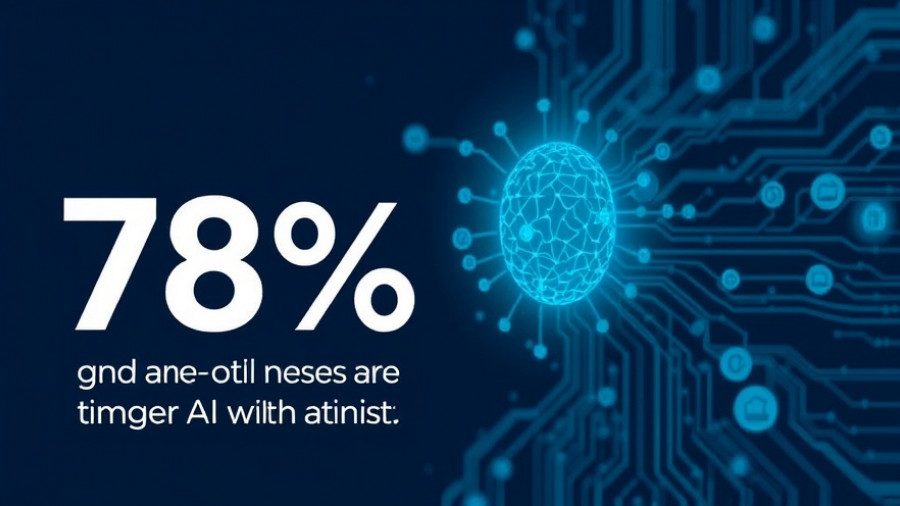
Understanding the Impact of Sanctions on Digital Tools
In an era where digital workflows streamline operations, the recent expansion of US sanctions against several countries has sent shockwaves through the IT and software industries. Beginning September 12, 2024, Zapier, a popular automation platform, will cease providing services to sanctioned regions, including Russia, Belarus, Iran, North Korea, Syria, Cuba, and the Crimea region. This pivotal change emphasizes the evolving regulatory landscape affecting global tech operations.
Why This Matters to Marketing Professionals
For marketing professionals, tools like Zapier are invaluable for automating tasks, coordinating team efforts, and enhancing productivity. The removal of access for those in sanctioned countries means significant disruptions for teams operating remotely or collaborating with partners in these regions. Adjusting workflows and re-evaluating software dependencies will be crucial for maintaining operational flow.
Risk Factors in Navigating Sanction Compliance
Marketers must understand the risk factors associated with using automation tools that may expose them to sanctions violations. Utilizing tools like Zapier while affiliated with individuals or entities in sanctioned areas could lead to legal repercussions. Staying informed about sanction updates and altering reliance on such services could mitigate risks significantly.
Adapting to a Changing Regulatory Environment
Fortunately, this change presents an opportunity for innovation. Marketing professionals can explore alternative software solutions that comply with sanctions, enabling continued operations without interruption. Fostering relationships with vendors who have clear compliance practices is essential in this new landscape.
Building Resilience in Workflows
Marketers can enhance their operational resilience by diversifying their toolset. Incorporating local service providers, decentralized teams, or even homegrown tools can reduce reliance on single platforms like Zapier. This strategic shift not only complies with new regulations but may also unlock new efficiencies and creative workflows.
Conclusion: Preparing for the Future
Understanding the implications of these sanctions is vital for professionals across industries. Continual education on regulatory changes will empower marketers to navigate challenges wisely. As the landscape continues to shift, embracing innovation and adaptability will be crucial for success.
 Add Row
Add Row  Add
Add 




Write A Comment